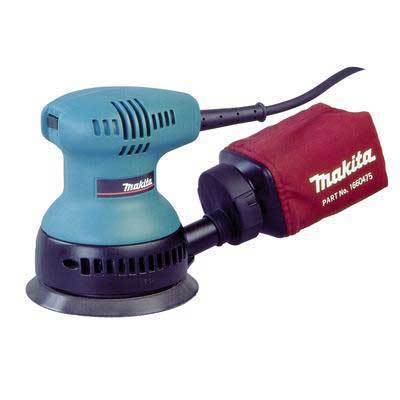No matter how great the payoff, sanding is no fun…kinda like exercising, tweezing your eyebrows, or studying for final exams.
Electric sanders don’t make the process any more fun, but they will speed it up. And with prices under $100, they because a very useful tool for the homeowner and ambitious DIYster.
Types of Sanders.
Belt. Used for fast removal of stock, or shaping. These are typically hard to control, and its easy to end up with gouges. Definitely not for precise sanding.
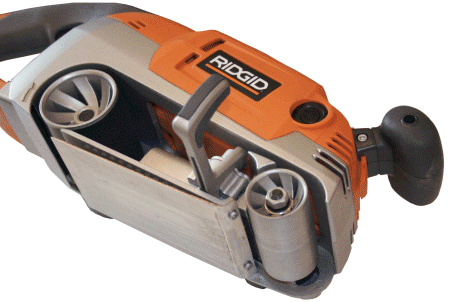
Finish. For fine sanding and preparing wood for finishing. Can leave some swirl marks, but its squared edges allow it to reach into corners.
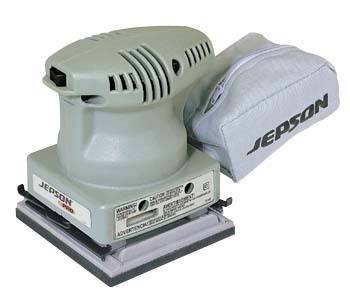
Random-Orbit. Perfect for flat surfaces. The random-movement minimizes swirl marks, although it can’t sand curves, corners, or fancy edges.
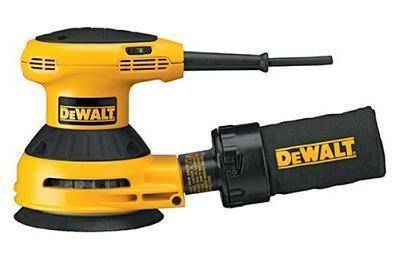
Detail. The unique shape allows for sanding of corners, details, and hard-to-reach areas. They’re only applicable for specific tasks, and can be expensive, but sometimes, a detail sander is the only tool for the job.
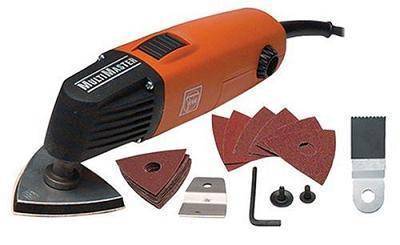
Disc sander. Stand- or bench-mounted stationary tool that’s perfect for sanding flat surfaces, 90-degree angles and bevels, and they’re fast! Careful, cause they can burn wood easily.
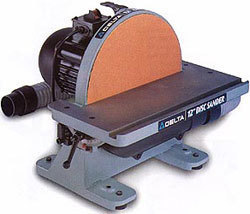
Oscillating Drum. These larger sanders sand inside curves, and some edges. Perfect for hobby- or task-oriented projects (like toys or kitchen tools). Large, and somewhat expensive, but do what they do quite well.
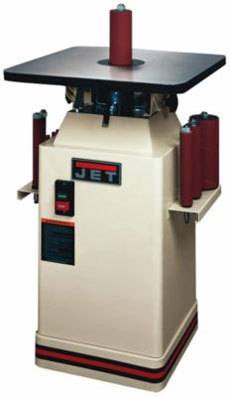
Buying a Sander. 90% of around-the-house and basic woodworking tasks can be accomplished with a random orbit sander. When looking for a first, or only, sander, buy a random-orbit. Their size and shape provide for maneuverability and portability, and when used well, leave a stain- or oil- ready finish in most species of wood.
When purchasing a sander, pick up the model. Is it heavy-duty, but not too heavy? Can you hold it comfortably in one hand? Ask to plug in the model. Are the vibrations comfortable, or overwhelming? Do you find it to be particularly loud? Lastly, check out the features? Is there a dust port? Adjustable speed? Does it come with a case or carrying bag? For more tips, read this article from This Old House.
An electric sander is bound to produce better results than sanding by hand, and in a fraction of the time.
[Images from sissonloghomes.com; benchmark.20m.com; jepsonpowertools.net; toolspotting.net; woodcraft.com]
